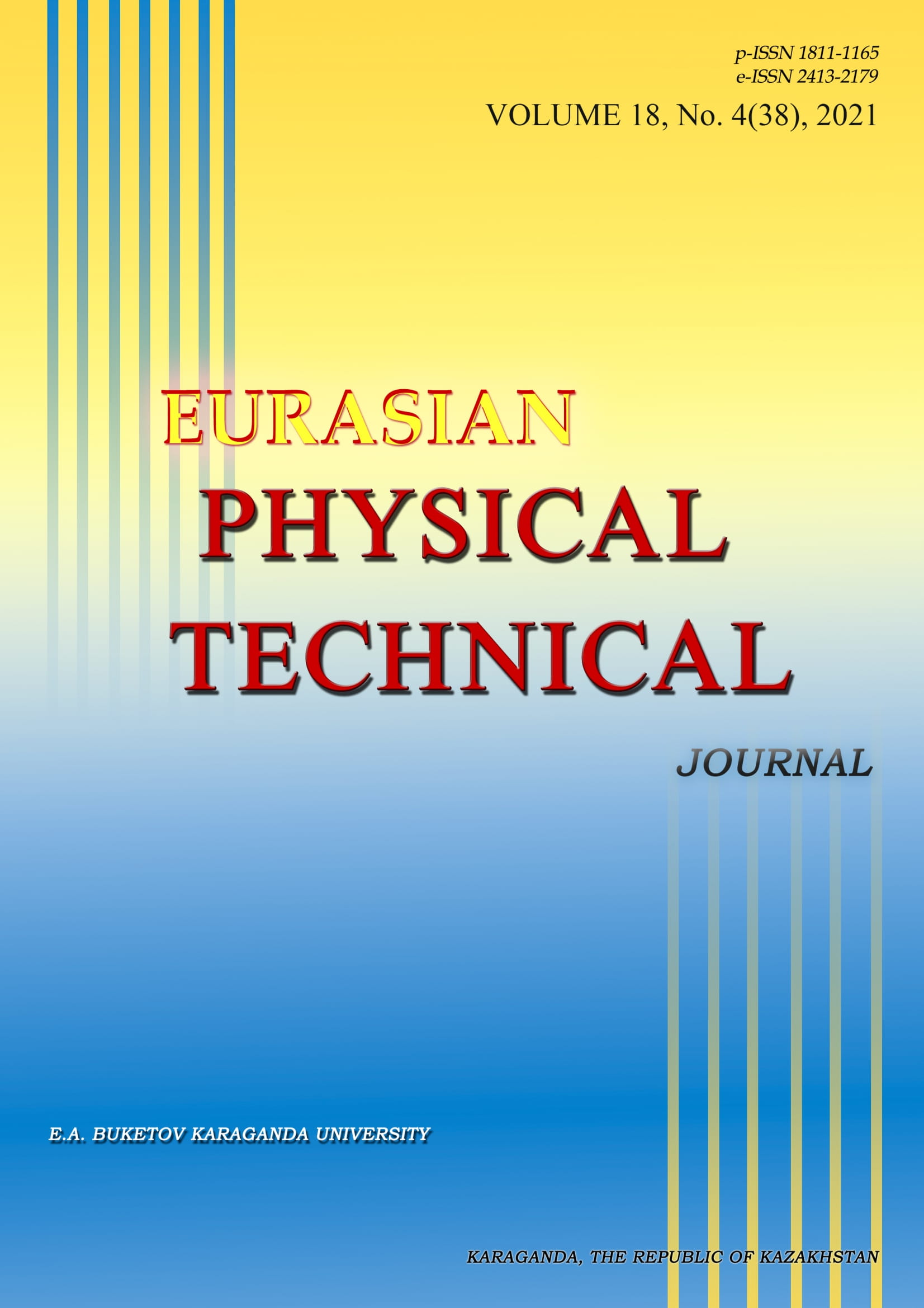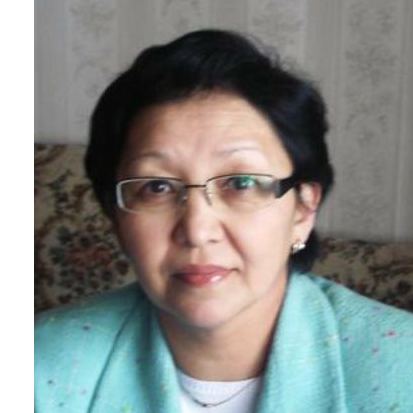INVARIANT RELATIVISTIC THEORY OF IDEAL GAS
DOI:
https://doi.org/10.31489/2021No4/88-101Keywords:
distribution function, relativistic ideal gas, arithmetic mean and mean square velocity, equation of state, massless limit.Abstract
The purpose of this study is to develop an original theory of a relativistic ideal gas and to prove the validity of the postulate of the special theory of relativity for the characteristic (i.e., arithmetic mean, root-mean-square) velocities of particles of a relativistic ideal gas even in the massless limit. In this work, the following original methods are used for the first time in the theory of a relativistic ideal gas: the method of nonlinear transformation to prove of the distribution function to find the distribution function of the velocities of particles of a relativistic ideal gas; the equation of state of a relativistic ideal gas was first obtained by averaging the relativistic - invariant components of the energy - momentum tensor of a system of noninteracting particles, i.e. ideal gas by the distribution function of the velocities of their particles. The uniqueness and definiteness of the distribution function of the velocities of the particles of a relativistic ideal gas are proved on the basis of the well-known relativistic invariance of the distribution function. For the first time, expressions were obtained for the arithmetic mean and mean square velocities of particles of a relativistic ideal gas. For the first time, a fundamental conclusion is made about the validity of the postulates of the special theory of relativity for the characteristic velocities of particles of a relativistic ideal gas. An equation of state for a relativistic ideal gas is obtained, which relates its pressure, average energy density and temperature.
References
"REFERENCES
Cubero D., et al. Thermal equilibrium and statistical thermometers in special relativity. Phys. Rev. Lett. 2007, Vol. 99, 170601-4.
Fanchi J.R. Comparative analysis of Juttner’s calculation of the energy of a relativistic ideal gas and implications for accelerator physics and cosmology. Entropy. 2017, Vol. 19, pp. 374 – 399.
Chason-Acosta G., et al. Manifestly covariant Juttner’s distribution and equipartiton theorem. Phys. Rev., E, 2010, Vol. 81, pp. 1 – 9.
Debbasch F. Equilibrium distribution function of a relativistic dilute perfect gas. Phys. A. 2008, Vol. 387, pp.2443-2454.
Schieve W.C. Covariant relativistic statistical mechanics of many particles. Found. Phys. 2005, Vol. 35, pp.1359-1381.
Dunkel J., et al. Relative entropy, Haar measures and relativistic canonical velocity distributions. New Journ. of Phys. 2007, Vol.9, pp. 144 – 158.
Kowalski K., et al. Lorentz covariant statistical mechanics and thermodynamics of the relativistic ideal gas and preferred frame. 2007, arxiv07.12.2725 v.2 [hep-th] 18 Dec.
Gonzalez-Narvaez R.E., et al. Mixing of relativistic ideal gases with relative relativistic velocities. Annals of Phys. 2016, 2017 / 01 Vol. 376. pp1-21.
Jumaev M.R. Nonlinear fluctuation mechanism for matter creation and reminds of the universe. Sci. Rep. of Bukhara Univ. 2005, No. 1, pp. 66 – 76.
Jumaev M.R. Theory of relativistic ideal gas for quasi and ordinary particles. Proc. of the NATO Adv. Res. Workshop on nonlinear dynamics and fundamental interactions, Kluwer Acad. Publ., Amsterdam. 2006, pp. 155-165.
Jumaev M.R. The quantum relativistic ideal gas and of the relict radiation. Lambert Acad. Publ., Germany, 2016, 214 p. [in Russian]
Jumaev M.R., et al. Distribution function velocities of the particles relativistic ideal gas. Sci. reports Bukhara Univ. 2020, No. 1, pp. 14-18. [in Russian]
Von F. Juttner. Das Maxwellellsche Gefetz in der relative theorie. Ann. d. Phys. 1911, Vol. 34, pp. 856-882.
Jumaev M.R., et al. Fluctuational and parametric phenomena in condensed and nanoscopic systems. Abstract Doctor thesis (DSc)., Tashkent, 2021, 72 p.
Landau. L.D., Lifshitz E.M. Theory of field. Moscow, Nauka. 1988, 512 p. [in Russian]
Eichler J. Theory of relativistic ion-atom collisions. Phys. Rev. 1990, Vol.193, pp. 165 – 277.
Kaniadakis G. Towards a relativistic statistical theory. Phys. A. 2006, No. 365, pp. 17 – 23.
Landau. L.D., Lifshitz E.M. Statistical physics. Pergamon press, 1970, 497p. [in Russian]
Van Kampen N. G. Stochastic processes in physics and chemistry. North-Holland, Amsterdam. 2003, 479p.
De Groot S.R., et al. Relativistic kinetic theory. North-Holland, Amsterdam. 1980, 355 p.
Chuang Liu. Einstein and relativistic thermodynamics in 1952: a historical and critical study of a strange episode in the history of modern physics. Br. J. Hist. Sci. 1992, No. 25, pp. 185 – 195.
Hakim R. Introduction to relativistic statistical mechanics, classical and quantum. World Scient. 2011, 295p.
Earias C., et al. What is the temperature of a moving body? Scient. Rep. 2017, No. 7, pp. 17657 – 17600.
Huang Y.S. Relativistic quantum statistical mechanics in the framework of NRT. 2019. Available at: www.researchgate.net/publication/332037148.
Nakamura T.K. Relativistic equilibrium distribution by relative entropy maximization. Europhys. Lett. 2008, No. 88, pp. 40009-15.
Gradstein I.S., Ryzhik I.M. Tables of integrals, series and products. Acad. Press. 1965, 326 p.
Nakamura T.K. Three views of a secret in relativistic thermodynamics. Progr. Theor. Phys. 2012, No. 128, pp.463 – 468.
"















